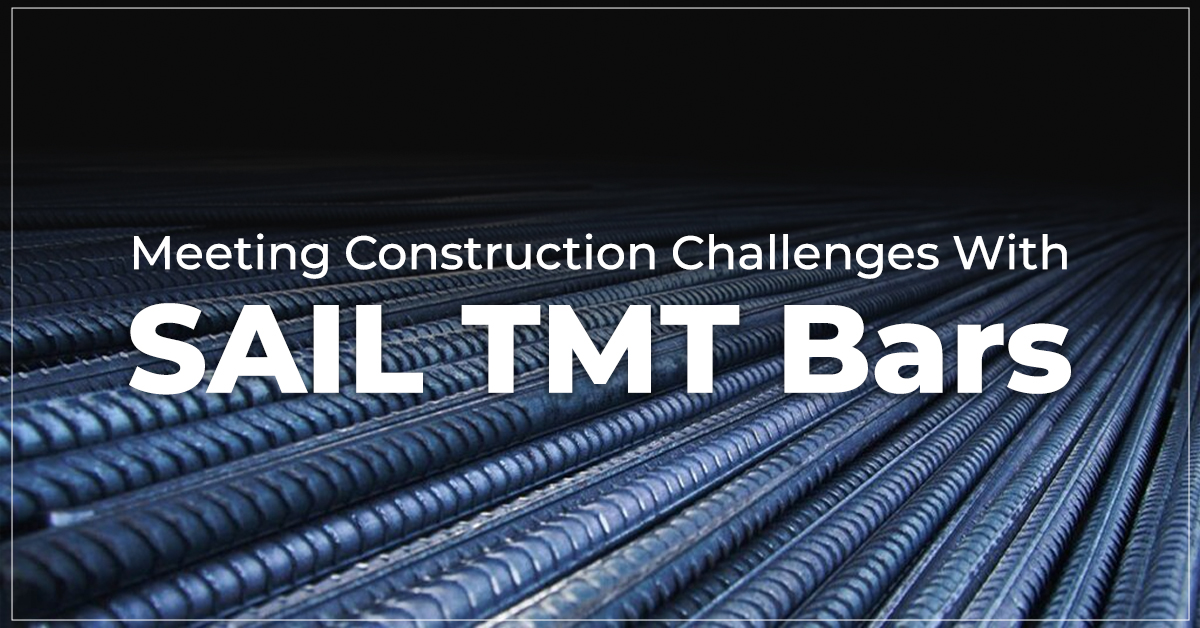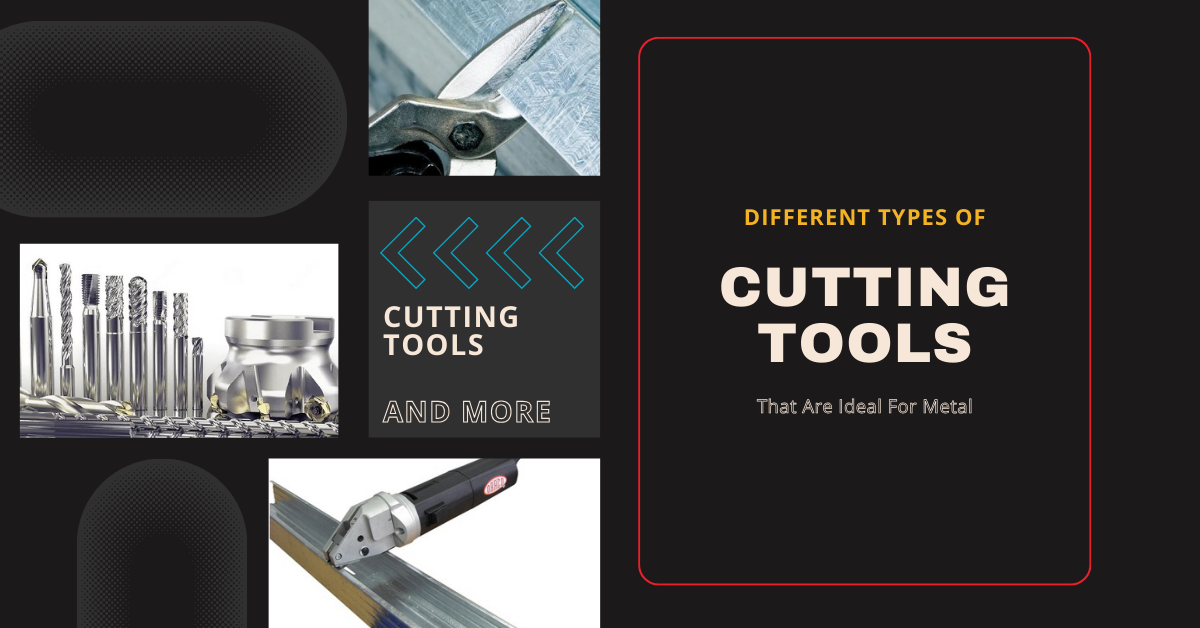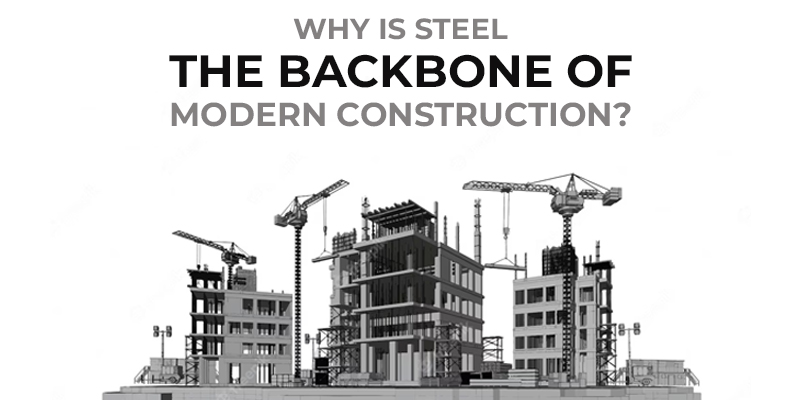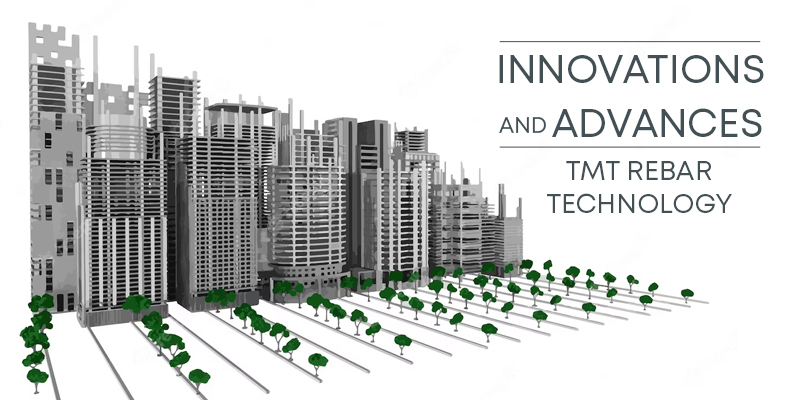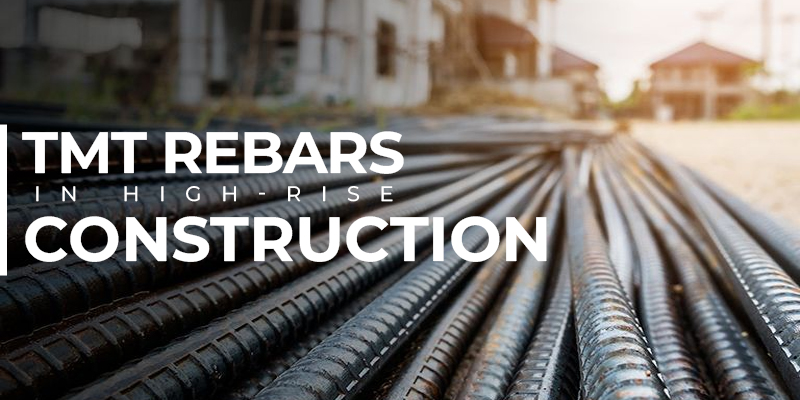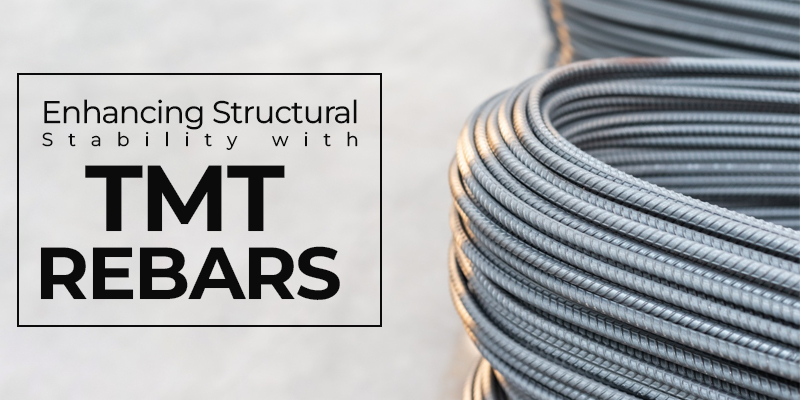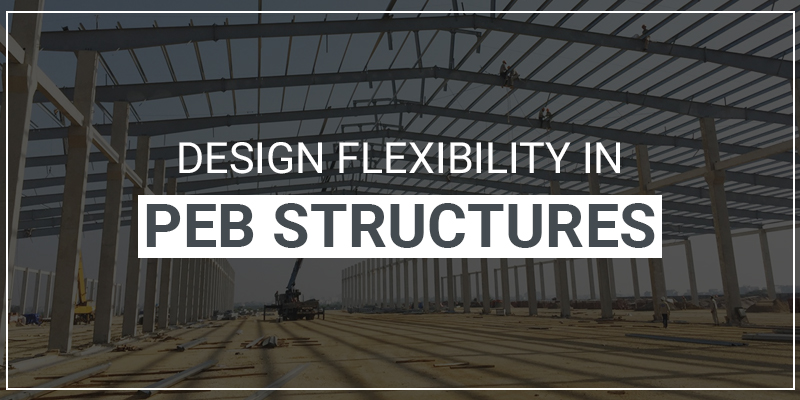In today’s diverse field of construction, the preference for building materials plays a vital role in defining structures’ capability, durability, and safety. Among the numerous options available, SAIL TMT bars have emerged as a frontrunner, offering a vigorous solution to the challenges faced in modern construction projects. We, Bharat Steel, are the best steel dealers in Chennai who offer high quality and durable steel bars for construction. With this blog, we would like to throw some clarity into the unique characteristics of SAIL TMT bars and how they effectively address key construction challenges.
Ensuring Structural Integrity:
The backbone of any construction project lies in its structural integrity, and SAIL TMT Bars stand as a testament to this crucial aspect. These bars, made from high-strength thermo-mechanically treated steel, boast superior strength and ductility. This unique blend ensures that structures can withstand the test of time and external forces, providing the much-needed assurance of durability.
Resilience In Adverse Conditions:
Construction sites are often exposed to adverse weather conditions, and the structural elements must be resilient enough to withstand these challenges. SAIL TMT Bars excel in this regard, offering exceptional resistance to corrosion and other environmental factors. This resistance not only prolongs the life of the structure but also reduces the need for frequent maintenance, making it a cost-effective choice.
Enhanced Tectonic Resistance:
In regions prone to seismic activities, the choice of construction materials becomes even more critical. SAIL TMT Bars, with their unique composition and manufacturing process, provide enhanced seismic resistance. The ability to absorb and distribute energy during seismic events is a crucial feature, minimizing the risk of structural damage and ensuring the safety of occupants.
Optimizing Construction Time & Costs:
Time and cost efficiency are paramount considerations in the construction industry. SAIL TMT bar, known for their ease of workability, contributes to faster construction processes. Their weldability and flexibility facilitate intricate designs, reducing the need for extensive labor and speeding up construction timelines. Moreover, the longevity and low maintenance requirements of SAIL TMT Bars contribute to long-term cost savings.
Meeting Uncompromising Quality Standards:
Construction materials must adhere to stringent quality standards to ensure the safety of occupants and the longevity of structures. SAIL TMT Bars, MS steel, and MS chequered plate supplied by Bharat Steel, the leading steel supplier, conform to international quality standards. This adherence to quality ensures that every construction project incorporating SAIL TMT Bars meets the highest industry benchmarks.
Environmental Efficiency:
As the construction sector continues to evolve, there is an increasing insistence on endurable practices. SAIL TMT Bars align with this trend by being recyclable and environmentally friendly. The production process minimizes waste, and the recyclability of the material reduces the carbon footprint associated with construction projects.
In the ever-evolving landscape of construction, SAIL TMT Bars emerge as a versatile and reliable solution to meet a multitude of challenges. From ensuring structural integrity to enhancing seismic resistance, these bars prove their mettle in diverse construction scenarios. The ability to optimize construction time and costs, coupled with a commitment to quality and environmental sustainability, positions SAIL TMT Bars as a go-to choice for builders and engineers aiming for excellence in their projects. As construction methodologies continue to advance, SAIL TMT bars remain at the forefront, ready to shape the skylines of the future.

